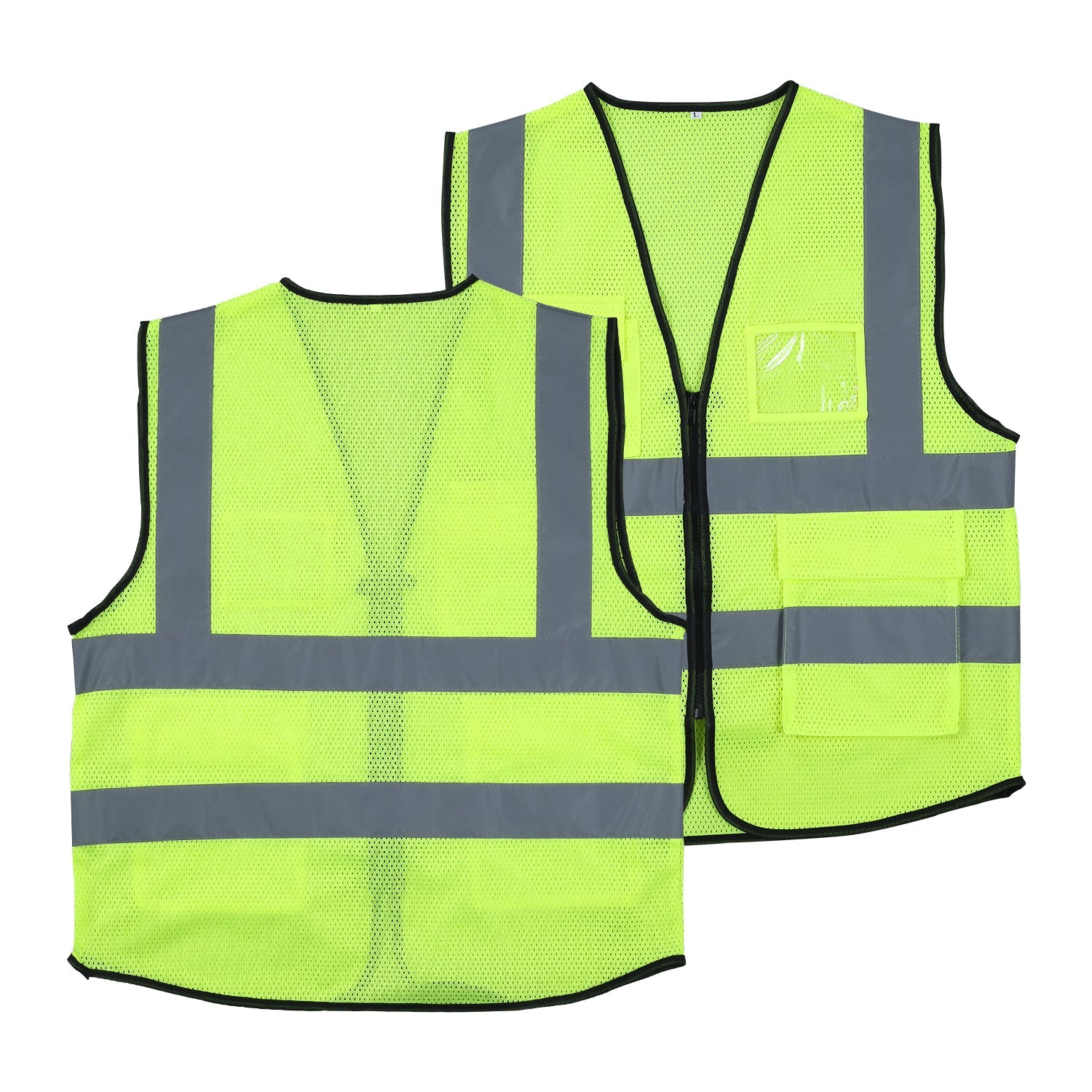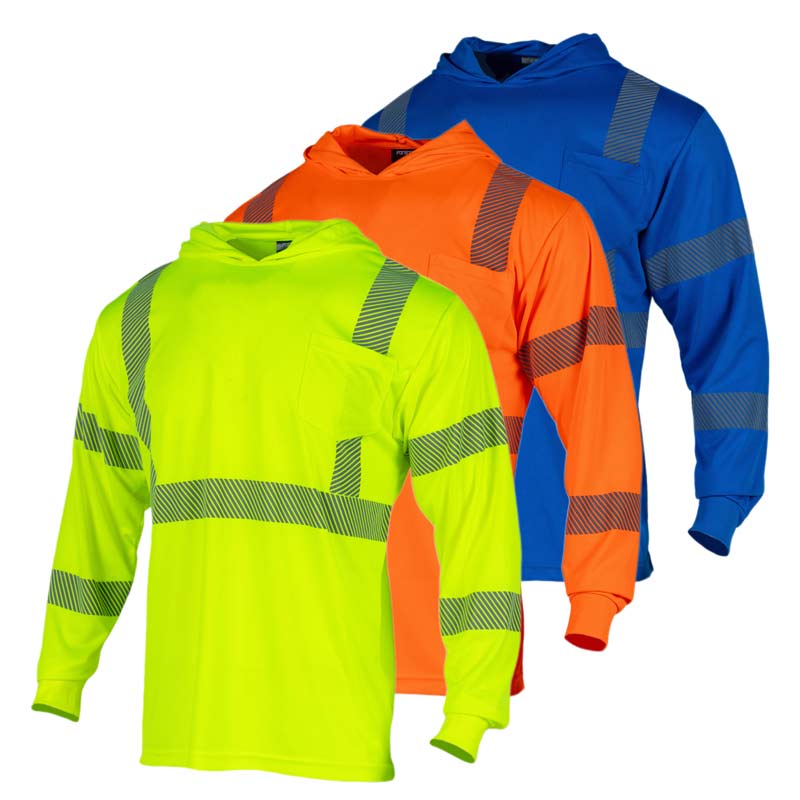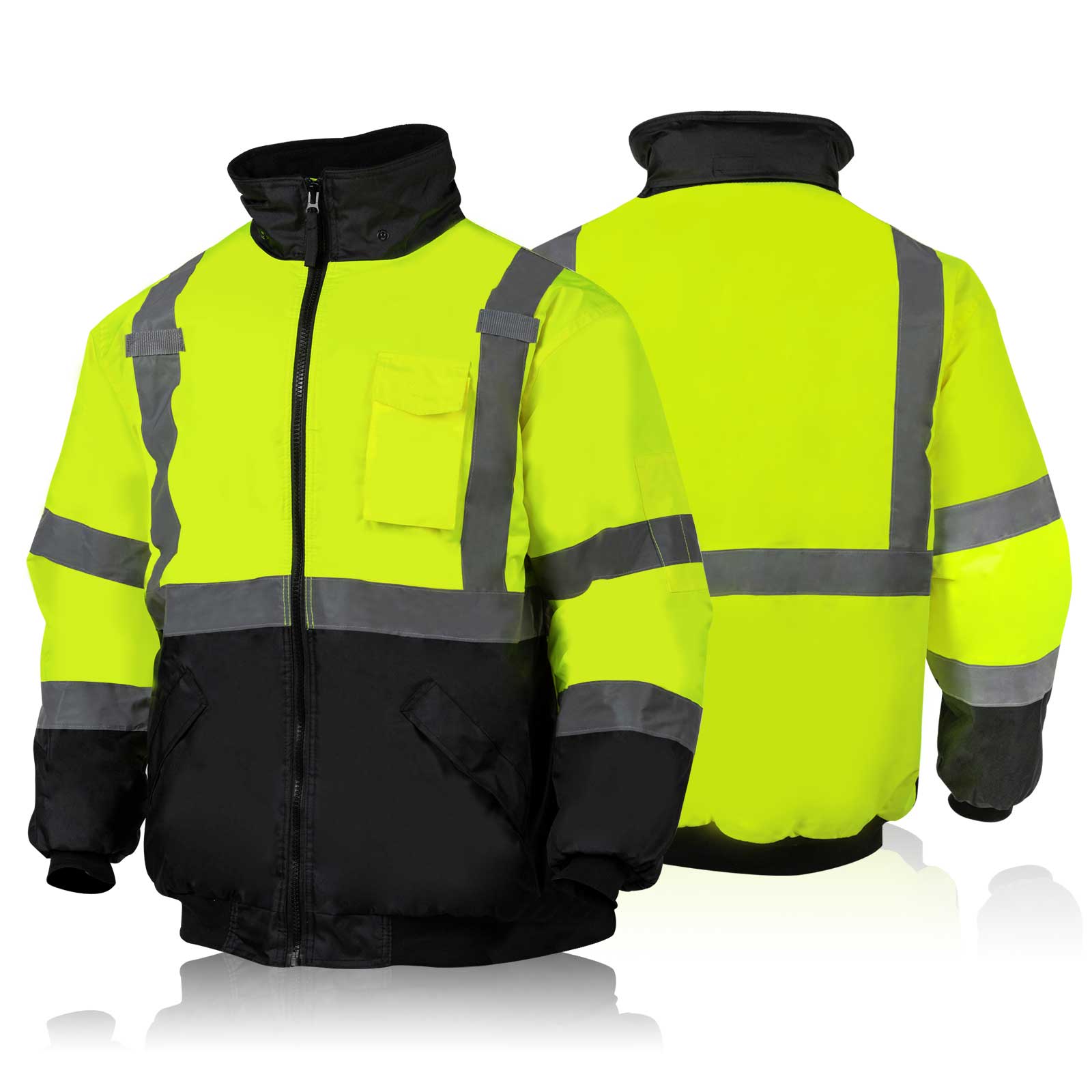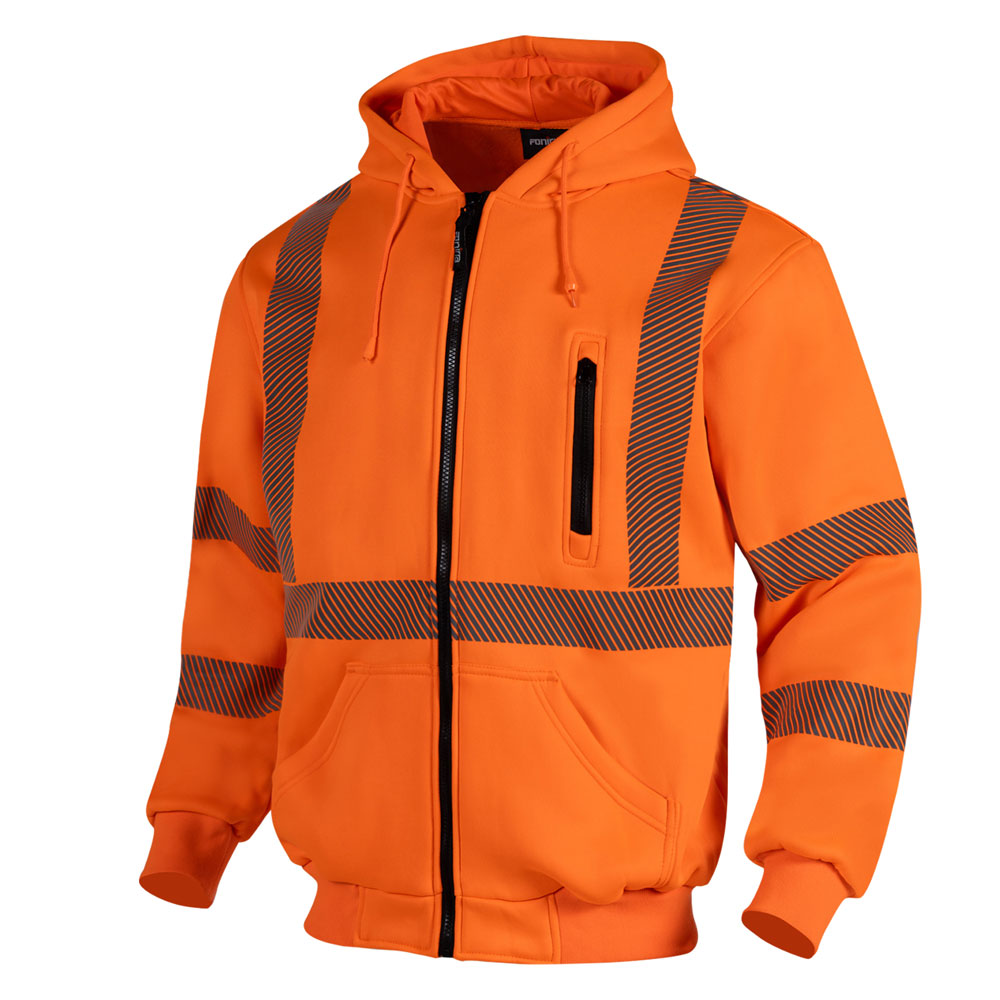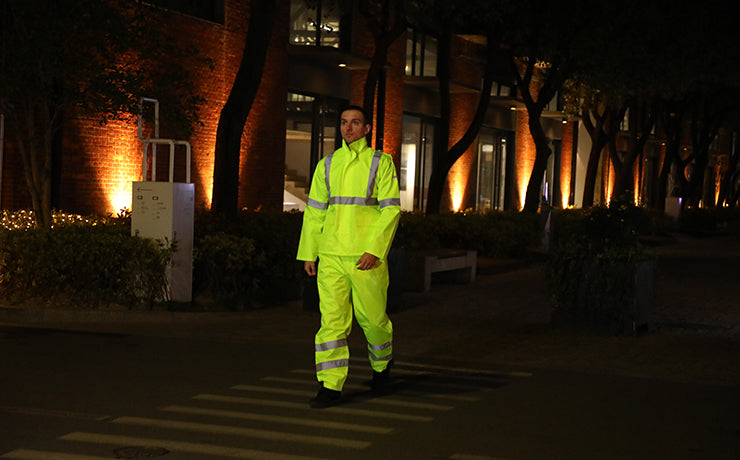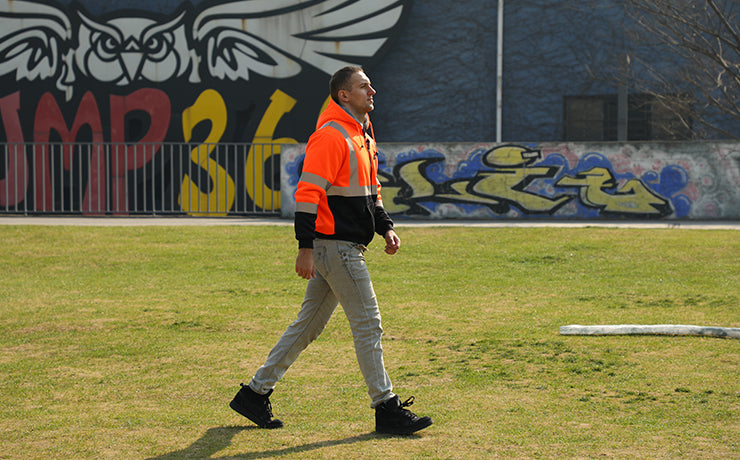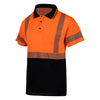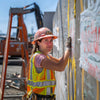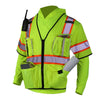Top Innovations in Construction Safety in 2024
In the heart of every construction project lies an unspoken agreement - we will build but must also protect.
As a safety manager in the construction industry, you understand this covenant better than most. Construction sites are a symphony of power, precision, and potential hazards, and you're the conductor keeping everyone safe amidst the clamor.
The armor you provide to the knights of the industry plays a crucial role in this symphony. Today, we're diving into the top innovations in construction safety in 2024 - the latest notes added to your safety score.
Innovations in Safety Equipment and Technologies
The pace of technological advancement doesn't pause - not even for a brick wall. With each passing year, innovations significantly enhance construction site safety, helping us inch closer to our goal of zero accidents.
This year, 2024, has seen remarkable advancements in construction safety gear designed to improve worker safety and equip your crew with better protection, more situational awareness, and improved comfort.
1. Advanced Personal Protective Equipment (PPE)

Protective gear isn't new - but smart PPE is. Safety helmets, gloves, vests, and boots have evolved from passive protectors to active participants in site safety.
-
Smart helmets, for instance, come equipped with augmented reality interfaces that provide real-time site information and safety alerts.
-
Gloves can now monitor biometrics, alerting wearers to early signs of fatigue or stress.
-
Boots are designed with impact sensors to detect slips or falls and alert the team immediately.
-
Smart vests, loaded with sensors and cooling technology to enhance comfort and safety.
2. Wearable Technologies

Beyond smart PPE, other wearable technologies are making their mark in construction safety.
-
Biometric monitoring devices track the health statistics of workers, enabling early intervention in case of health anomalies.
-
Fall detection systems, embedded within PPE or wearable independently, trigger immediate alerts when a fall is detected, ensuring timely medical intervention. New York safety experts at Kinetic has a great solution for this!
-
Exoskeletons – straight out of a sci-fi film – now provide construction workers with enhanced strength and endurance, reducing the risk of overexertion injuries.
3. Safety Gear Integrated with Augmented Reality (AR) and Virtual Reality (VR)

Imagine a world where you could simulate a construction site, identify potential hazards, and train workers on safety procedures before stepping on the site. Thanks to AR and VR, we're living in this world.
Safety gear integrated with these technologies provides full access to a virtual environment for safety training, eliminating the risks associated with on-site training.
Moreover, AR glasses can overlay safety information and warnings onto the worker's field of view in real-time, significantly improving situational awareness.
4. Better On-site Communication

Enhanced on-site communication has revolutionized safety in construction. Smart devices, wireless networks, and wearable tech ensure real-time, seamless collaboration, even in challenging environments.
Innovative features like digital walkie-talkies integrated into safety helmets and AI-powered tools for real-time language translation or important updates enhance communication effectiveness.
These advancements make construction sites safer by promoting prompt, clear communication across the workforce.
Alternatively, extended reality devices like the Microsoft Hololens pave the way for remote assessment of job sites with little deployment cost, if you don't mind the device's 3000+ USD price tag.
5. Invisible Dangers: Alarm Systems to Spot What Can't Be Seen

Beyond what meets the eye, construction sites harbor invisible dangers that can pose significant risks to worker safety. From hazardous gases to structural instabilities, these unseen threats can be challenging to detect without the right technology.
Fortunately, advancements in construction safety gear now include alarm systems that spot what can't be seen, providing additional protection for construction workers.
Gas Detection Systems
In certain construction environments, particularly in enclosed or subterranean spaces, harmful gases like carbon monoxide, methane, or hydrogen sulfide can build up to dangerous levels. Modern gas detection systems are designed to continuously monitor the air quality and trigger alarms when these gases exceed safe levels.
Structural Monitoring Systems
Structural instabilities can't always be seen, especially in the early stages. However, they can cause catastrophic failures if not identified and addressed. Cutting-edge alarm systems can now detect minute changes in structures' integrity, alerting safety managers to potential instabilities.
Heat Stress Monitors
Overheating and heat-related illnesses are serious concerns in outdoor construction, especially during the hot summer months. Some safety gear now incorporates wearable sensors that monitor vital signs such as heart rate, body temperature, and sweat rate.
Dust and Particle Monitors
Construction activities can generate significant amounts of dust and small particles, which may not be visible but can be hazardous when inhaled. Alarm systems that continuously monitor air particulates can alert workers when dust levels are unsafe, prompting them to wear appropriate respiratory protection or to control dust at the source.
With PPE, smart clothing, and training, these invisible danger alarm systems contribute significantly to creating a safer construction environment.
Advancement in Safety Clothing and Its Role in Construction Safety
Safety clothing is paramount in shielding construction workers from potential hazards. Safety clothing keeps pace as technology surges, enhancing its protective capabilities and comfort.
In 2024, we're still focusing on durability, visibility, and comfort.
-
Durability is crucial; hence, new-age fabrics that resist tearing and environmental damage have been introduced.
-
Visibility, integral in bustling construction sites, is being boosted with smart clothing that lights up in low light or outfits with embedded LEDs for 360-degree visibility.
-
Safety clothing isn't all about protection; it must also be comfortable. Breathable, lightweight materials and ergonomic designs are now a staple, enhancing worker comfort and compliance with safety guidelines.

These advancements affirm that safety clothing isn't an afterthought but an essential component of construction safety.
Conclusion
As we venture further into construction safety, it's clear that innovation is not just an option—it's a necessity for construction companies.
In 2024, advancements in construction safety gear, from smart PPE to wearable technologies and safety clothing, have shown us the potential for a safer and more productive industry.
As safety managers, staying informed of these advancements enables us to improve construction site safety and uphold our commitment to protect.
This journey of innovation is just the beginning and the future of construction safety promises even more groundbreaking strides.

